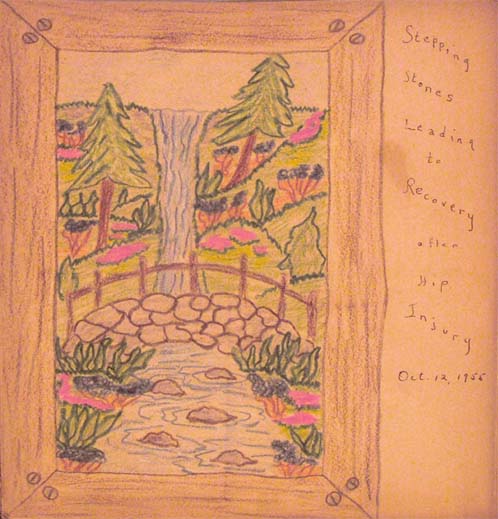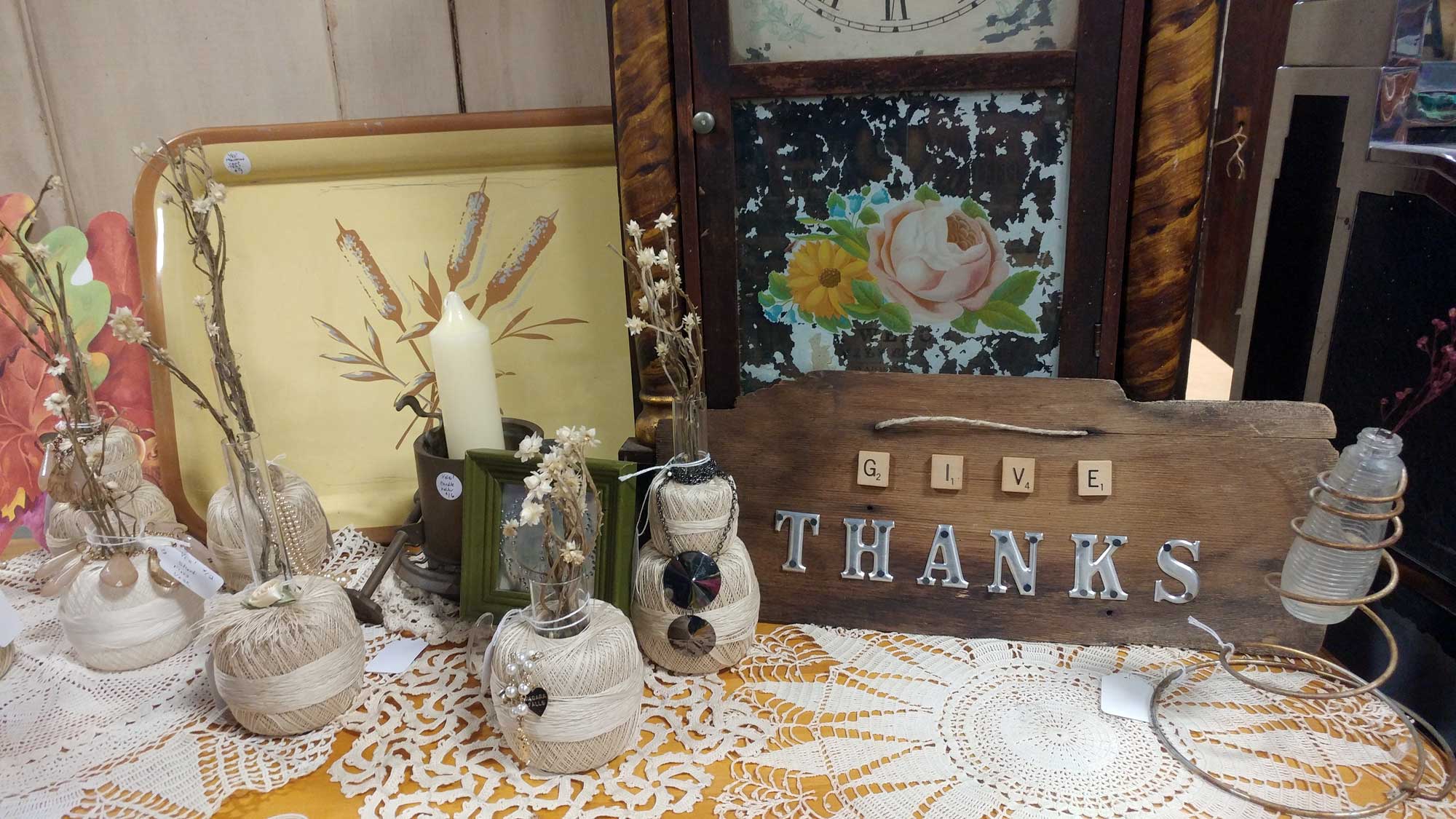Tag: crafting
-
This Week’s Story: Paint By Numbers & Wundertüte
Hi, I’m Deanna Dahlsad of Fair Oaks Antiques, here with This Week’s Story, and I am a paint by number collector. (If you’d prefer, you can listen to the podcast here.) Many mock paint by number paintings, saying the works are kitsch – meaning they are of poor taste. Even those who love kitsch in…
-
Flash sale
Flash Sale! 20% off all items in our vintage & retro craft supplies shop, Kindness Of Strangers!
-

Crafty Quarantine
Given the current situation, the dreaded coronavirus, we’ve seen an explosion in DIY and crafting — including a throw-back to Victorian hobbies, such as scrapbooking. We’re no different; we’ve been putting in a lot more hours in the studio – and not just for custom pieces, but been listing items in our handmade Etsy shop,…
-

Giving Thanks – & A Little Fall Decor DIY
Looking for something to mix into your Fall decor — something that will work with your country burlap and chicken wire looks as well as it will with more simple styles and even more elegant looks? Perhaps something that will work not only for today but can also work for your Thanksgiving table? Check out…
-

Vintage Creativity Featured In Fargo Monthly
Our little Etsy shop, Kindness Of Strangers, which focuses on vintage and retro craft kits, DIY supplies, how to books, and other crestive things was recently featured in Fargo Monthly!